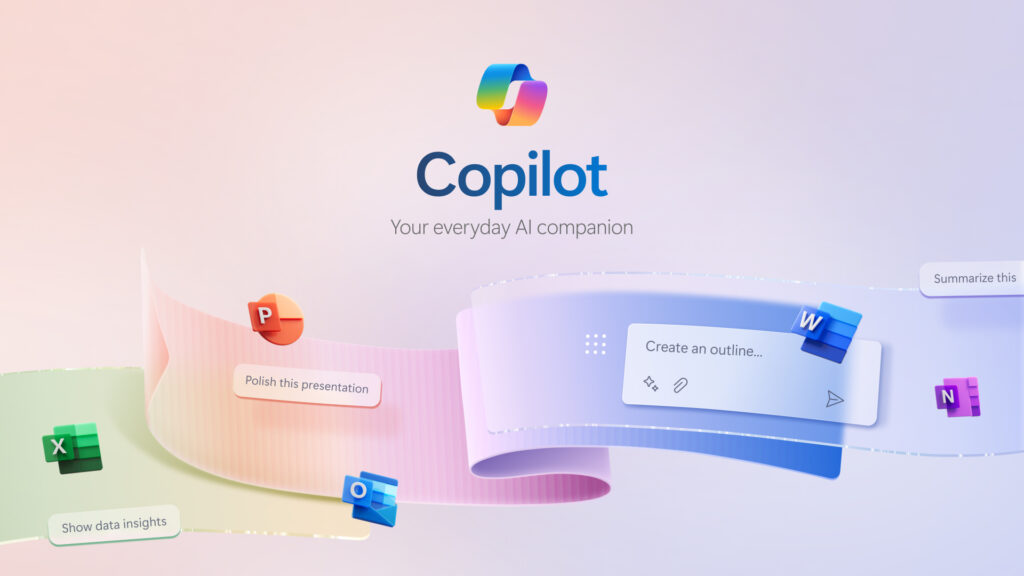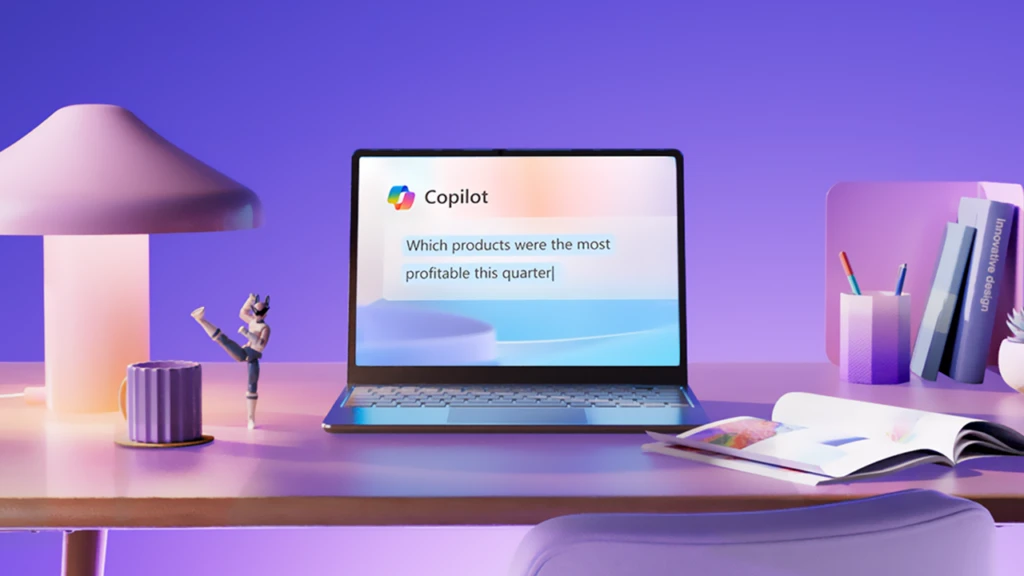<p>Why do figures, or images, sometimes jump to a different page in your Word document? This is one of the great mysteries of Word and today, I’ll reveal the answer.
To get to the bottom of this question, it’s important to understand the concept of anchoring. Every floating figure in a Word document is actually attached to the page. This point of attachment is called the “anchor” and is indicated by a small anchor icon. To see this, you’ll need to enable the display of the icon by clicking the File tab and then clicking Options. In the Display section, select the check box next to Object Anchors. Now, when you select a floating figure, you’ll see the anchor icon appear on the page. </p>










